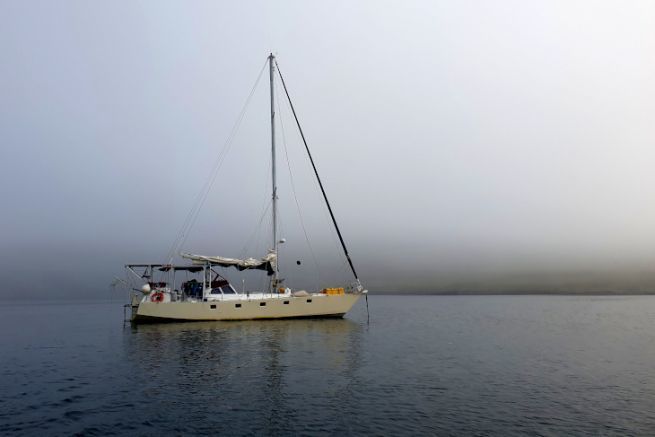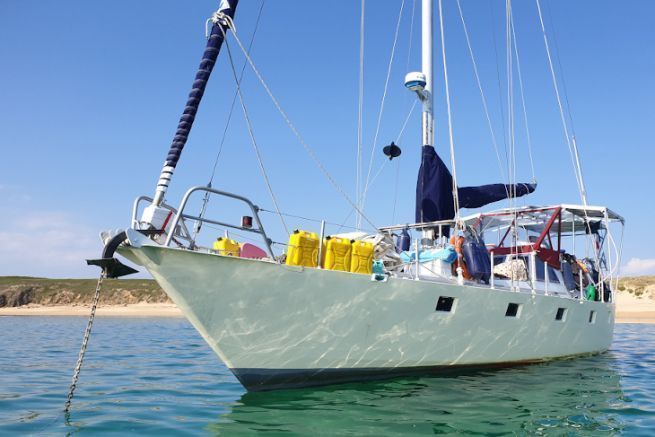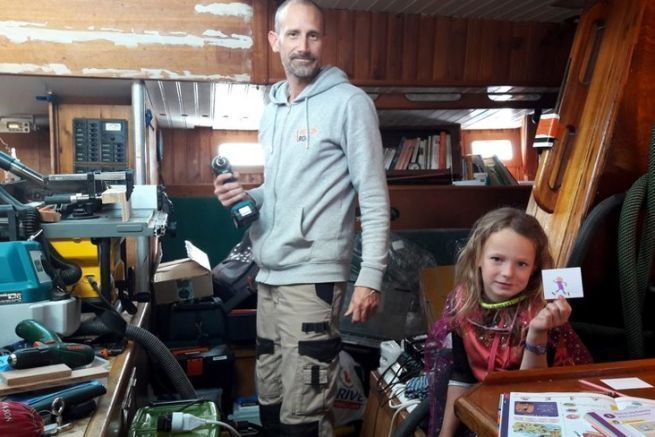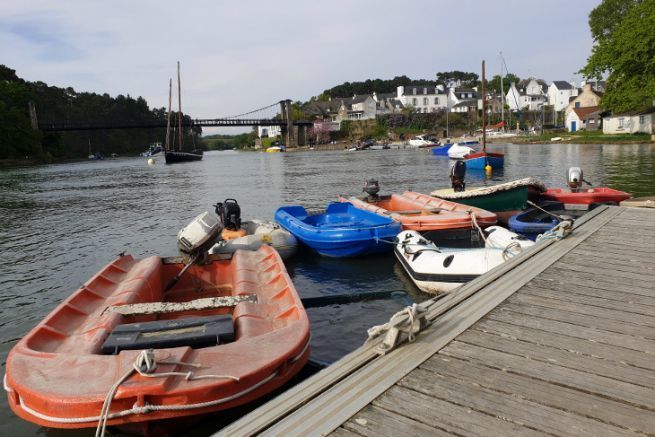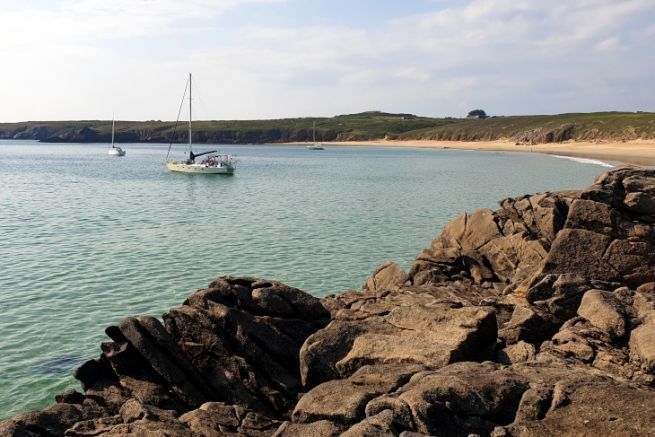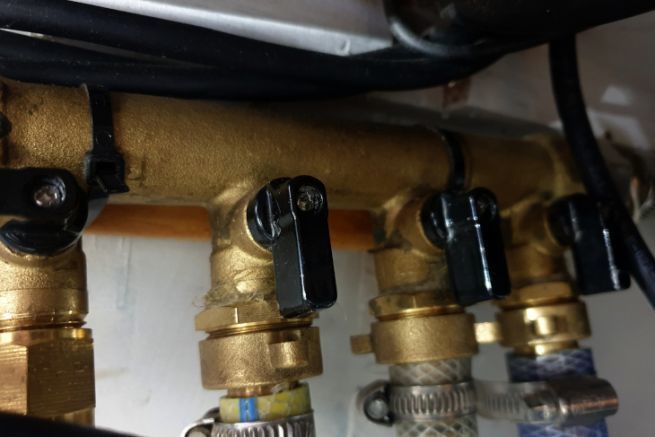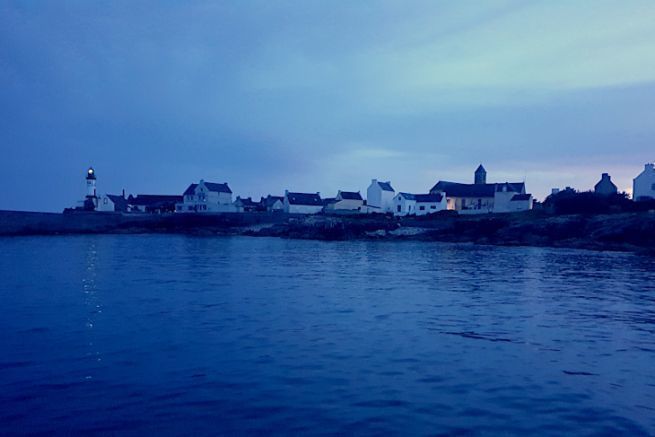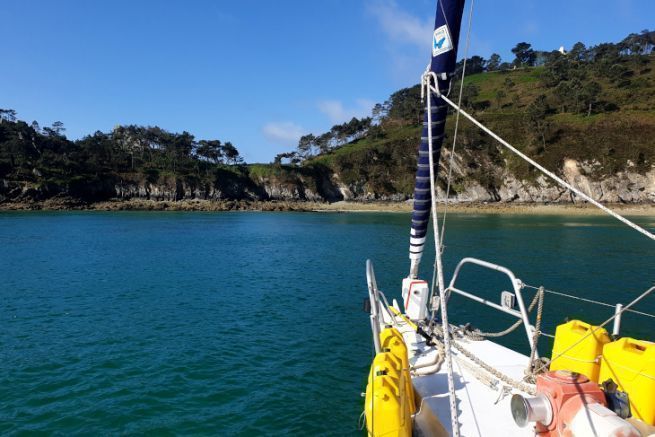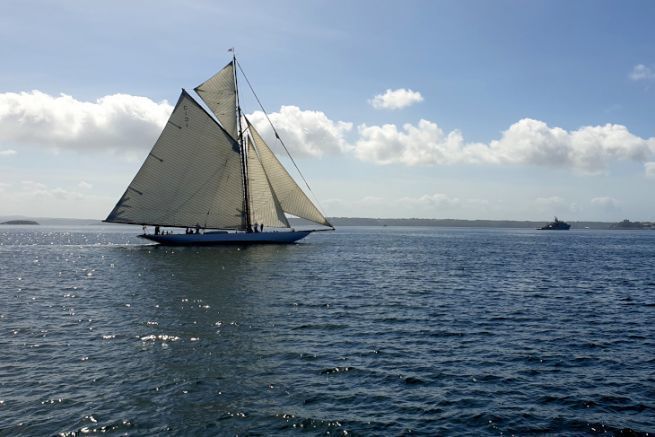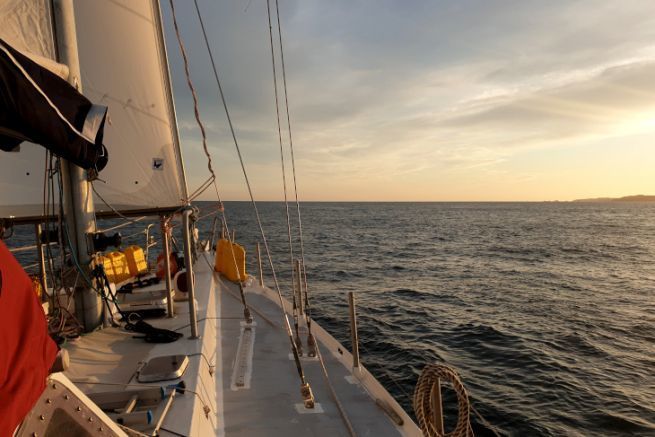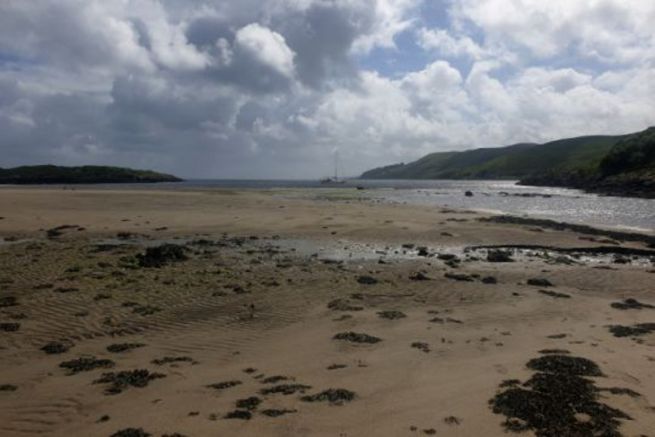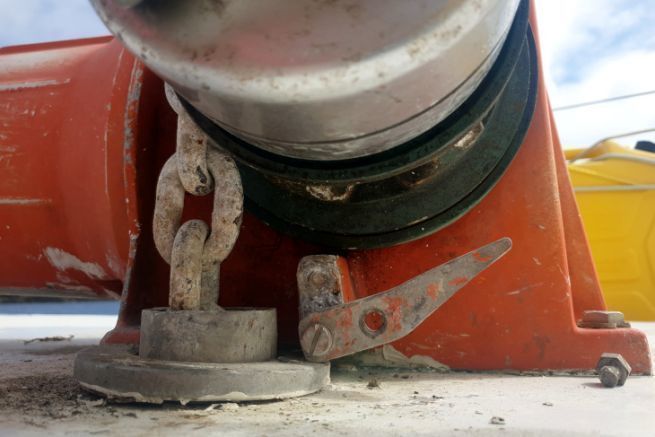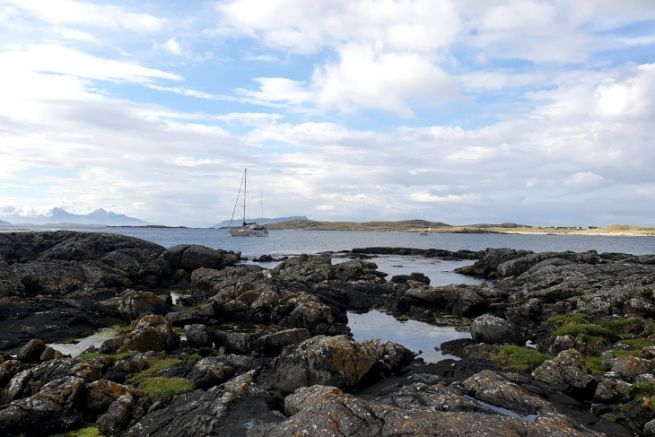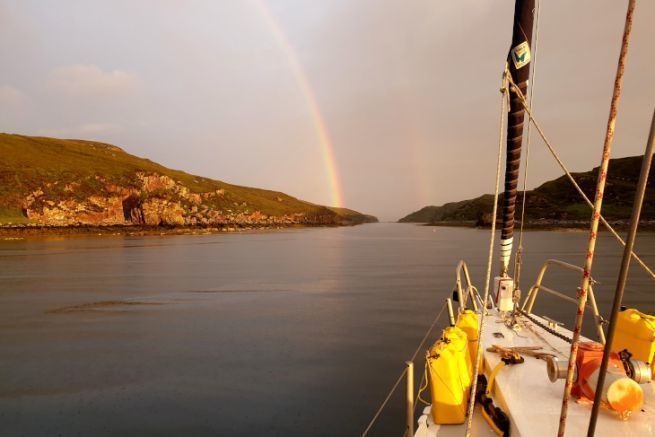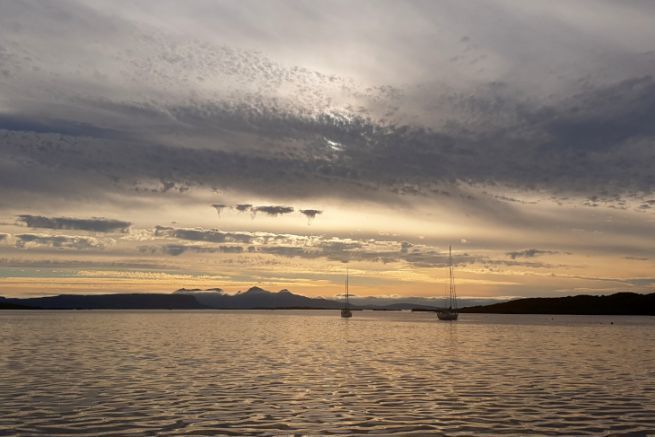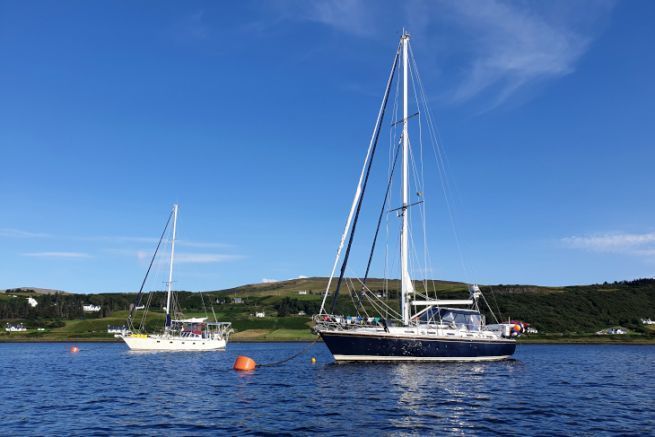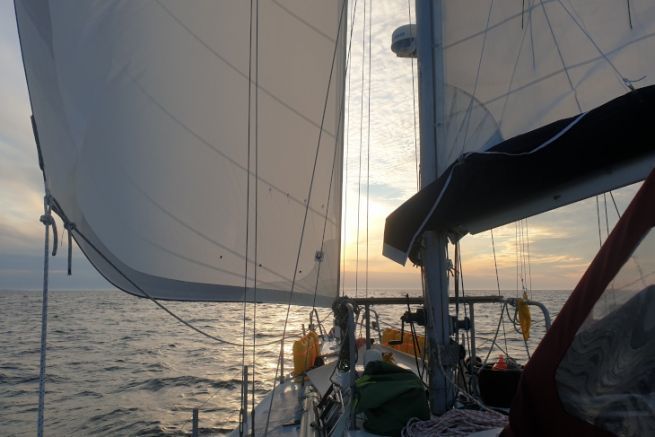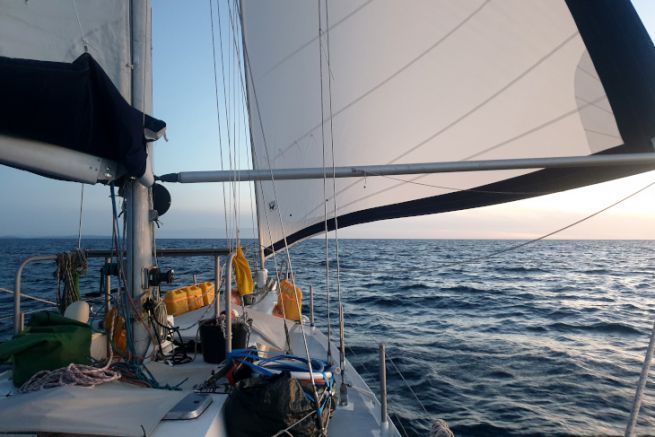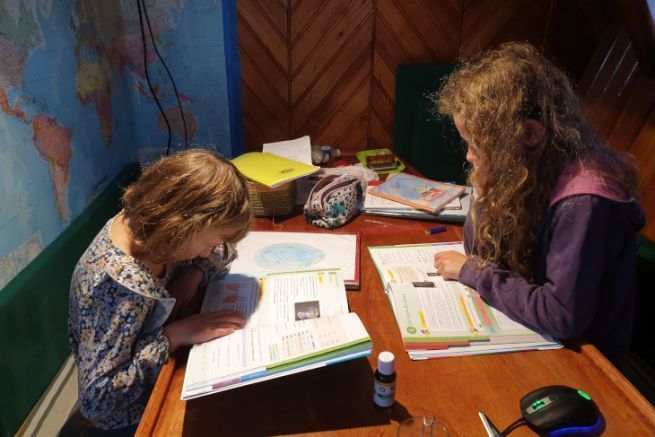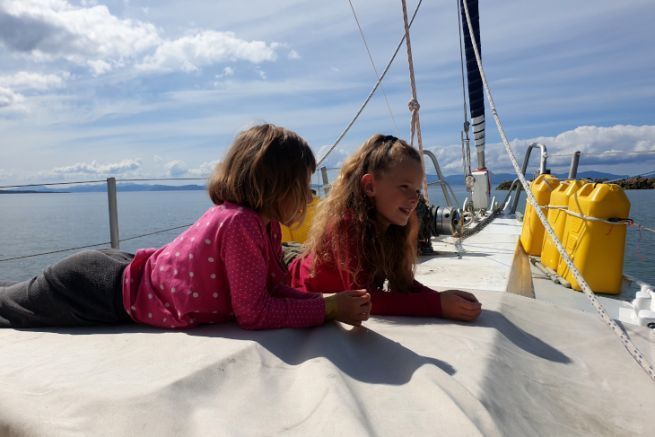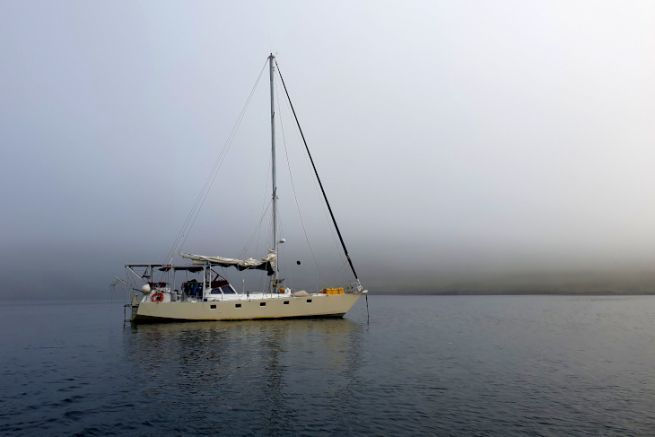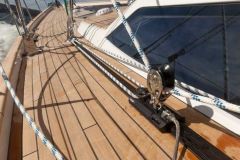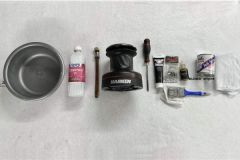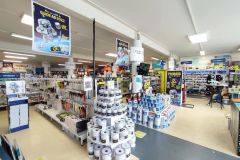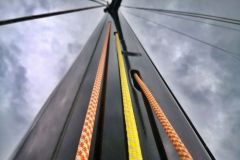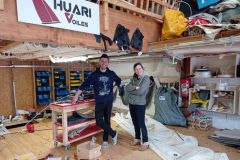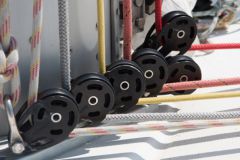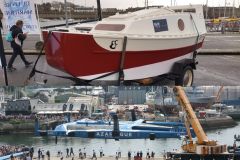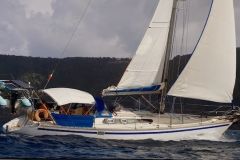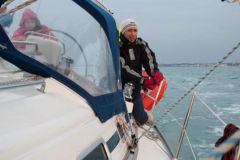Because of the Covid, then the work on the boat, we could only start to test our sailboat Arthur in navigation at the time of the departure towards the North. Our first six months of travel were therefore, in part, an opportunity to check the functioning of all the equipment, to identify and remedy the weaknesses but also to break what was supposed to break. Here is an assessment, which could inspire the candidates for the trip.
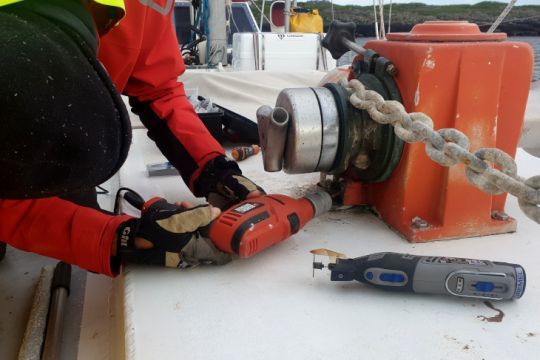
Deterioration side
When sailing, the equipment suffers. The wind, the humidity, the movements of the boat quickly damage the equipment even when we take care of it. So we have our share of equipment to review, maintain and repair, but not as much as we thought.
The windlass worked a lot during our trip, because we don't go to the harbor very often and prefer to use the anchorages. The screw holding the chain lifter broke, which probably resulted in high stress and subsequent oil leakage at the spinnaker seal. The windlass therefore needs a good overhaul. However, it works perfectly well.
We have to regret another oil leak, at the level of the motor shaft of the sailboat. It is likely that this leak was already there when we left, but that we had not noticed it because we had not sailed with the boat before. It has slightly increased during our sailing, which requires an intervention to fix the problem permanently.
Also, the anodic paint we used to protect Arthur's aluminum hull really leaves much to be desired in terms of its antifouling properties, or rather its lack thereof. One year after the boat's refit, we are dragging with us a whole ecosystem of algae and musselsâ?¦ Our sailing performances have taken a hit!
Finally, we did not realize that the autopilot was not working. So we had to build a Pypilot by hand during the first weeks of navigation . This last one saved our trip because it is really difficult, with a reduced crew and young children on board, to make long navigations without automatic pilot.
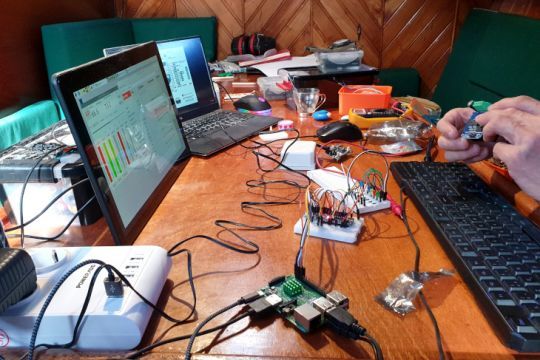
Loss side
As far as losses are concerned, we were surprised to discover, one day, the disappearance of a fender when the weather conditions were good and nothing really justified its loss. It is likely that it was improperly moored to the rear balcony and ended up slipping.
Finding the right place to store your tusks is often a headache so they don't get in the way. Now, ours are hanging from the cockpit handrail, above the walkways, which should prevent this type of event from happening again.
Similarly, a gaff disappeared from the boat for no real reason. As it was normally well protected in the cockpit, it is possible that it was not stowed after use, and ended up in the water due to the swell.
The propeller of the dinghy engine broke off in Scotland at low tide, when we failed to raise the engine. We lost the part that was used to fix it. We had to repair the propeller with epoxy glue.
These three incidents are due, in all likelihood, to errors of inattention or small negligence on our part: stowage problem, knots not tightened properly, engine not raisedâ?¦ Fortunately, they did not have major consequences, but the lesson to remember is that, on a boat, every little oversight or laziness has repercussions.
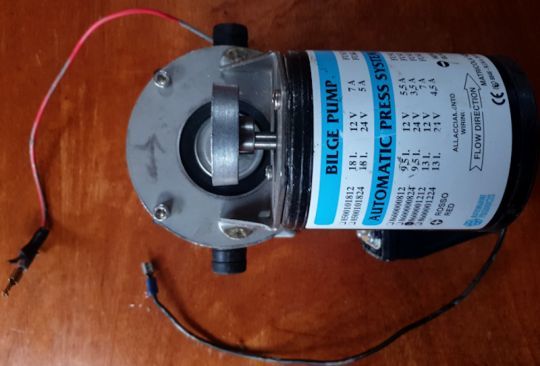
Breakage side
In the end, fortunately, few things broke. It must be said that after six months of work, we had renewed the defective equipment. So we only had to regret a few incidents.
First of all, our genoa which tore on the first outing . It was old and very damaged. Its end was foreseen, since we had already ordered a new genoa and were waiting for its reception. So we were not too much penalized by the loss of this sail, even if we would have preferred to keep it for a few more weeks and keep it as a backup.
The second piece of equipment to fail was the electric pump for the fresh water system. It was one of the few pieces of electrical equipment that we did not renew during the work, as it seemed to be in satisfactory condition. When it started leaking, with a punctured membrane, we had no choice but to replace it with a new one.
On the dinghy side, an oar's blade broke as we tried to leave a rough shoreline.
So now we have a few months to repair over the winter what needs to be repaired, and replace what has been lost!
